Home>Furniture & Design>Interior Design Trends>How Glass Is Made Step By Step
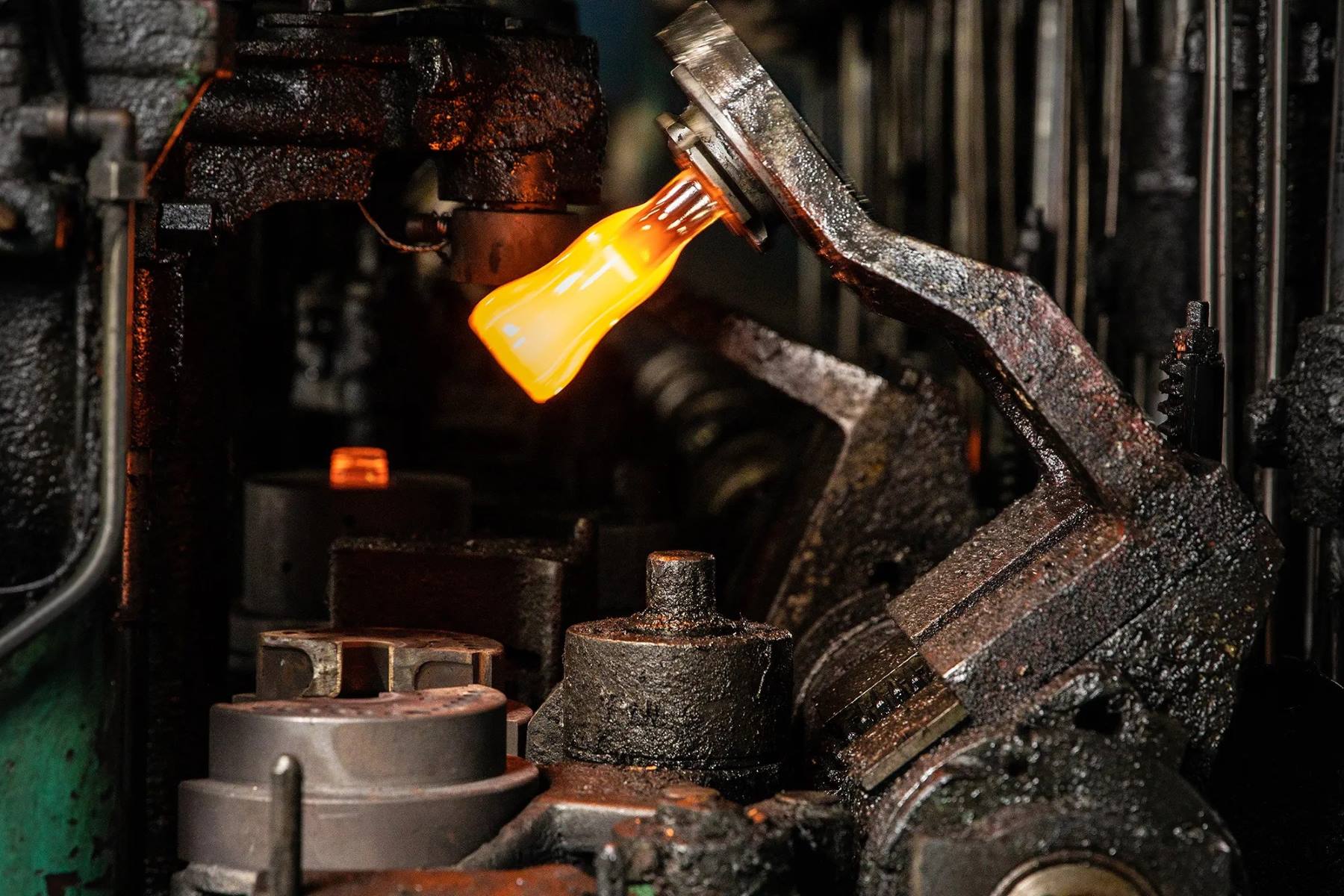

Interior Design Trends
How Glass Is Made Step By Step
Modified: October 18, 2024
Discover the step-by-step process of how glass is made and stay updated with the latest interior design trends. Explore the fascinating world of glass manufacturing and interior design inspiration.
(Many of the links in this article redirect to a specific reviewed product. Your purchase of these products through affiliate links helps to generate commission for Storables.com, at no extra cost. Learn more)
Introduction
Glass is a material that has been an integral part of human civilization for centuries, serving as a versatile medium for both practical and artistic applications. From the windows that illuminate our homes to the intricate glassware that adorns our tables, the production of glass involves a fascinating process that seamlessly blends science and artistry. Understanding the step-by-step journey of how glass is made provides a deeper appreciation for this ubiquitous yet often overlooked material.
The creation of glass is a testament to human ingenuity and innovation, dating back to ancient civilizations that harnessed the transformative power of heat to mold and shape sand into a translucent substance. Today, modern glass production techniques have evolved to meet the demands of a wide range of industries, from construction and automotive to consumer goods and technology.
In this comprehensive guide, we will delve into the intricate steps involved in the production of glass, shedding light on the meticulous processes that transform raw materials into the gleaming, transparent substance we encounter in our daily lives. From the initial gathering of raw materials to the final finishing and packaging, each stage in the glass-making process contributes to the creation of a material that is both functional and aesthetically captivating.
Join us as we embark on a captivating journey through the mesmerizing world of glass production, uncovering the secrets behind the transformation of humble sand and other raw materials into the shimmering, versatile substance that has become an indispensable part of our modern existence. Let's explore the art and science of glass-making, unraveling the mysteries that lie within this transparent marvel.
Key Takeaways:
- Glass is made by gathering silica sand, soda ash, and limestone, then melting them at high temperatures to create molten glass. Skilled artisans shape, anneal, and finish the glass to produce functional and artistic marvels.
- The glass-making process involves a captivating journey from raw materials to finished products. It combines science, artistry, and meticulous craftsmanship to create the transparent marvels that enhance our daily lives.
Read more: How Is Uranium Glass Made
Step 1: Gathering Raw Materials
The first crucial step in the intricate process of creating glass involves the meticulous gathering of raw materials. The primary components essential for glass production include silica sand, soda ash, and limestone. Silica sand serves as the fundamental ingredient, constituting the majority of the glass composition. Its high silica content, typically sourced from quarries or natural deposits, provides the essential foundation for the glass-making process.
In addition to silica sand, soda ash, also known as sodium carbonate, plays a pivotal role in the glass-making recipe. Derived from natural reserves or chemically processed, soda ash acts as a flux, lowering the melting point of the silica sand and facilitating the fusion of the raw materials. This crucial additive enhances the workability of the molten glass, allowing it to be shaped and molded into various forms.
Furthermore, limestone, a sedimentary rock abundant in calcium carbonate, contributes to the glass-making process by serving as a stabilizer. By introducing calcium oxide into the glass mixture, limestone aids in controlling the thermal expansion of the glass, ensuring its durability and resilience.
The gathering of these raw materials is a meticulous endeavor, requiring careful selection and quality control to guarantee the purity and consistency of the components. Each raw material undergoes rigorous testing and analysis to assess its chemical composition and suitability for the glass-making process. Once the raw materials have been meticulously sourced and verified, they are transported to the glass manufacturing facility, where they will undergo the transformative journey of becoming the transparent marvel we know as glass.
The gathering of raw materials marks the inception of the captivating glass-making process, laying the foundation for the intricate fusion of natural elements that culminates in the creation of a material that has shaped human civilization for millennia. As we proceed to the subsequent steps in the glass-making journey, the carefully gathered raw materials will undergo a mesmerizing metamorphosis, evolving into the gleaming substance that permeates our modern world.
Step 2: Melting the Raw Materials
Once the meticulously gathered raw materials have been transported to the glass manufacturing facility, the transformative process of melting the components commences. This pivotal stage in glass production harnesses the formidable power of heat to initiate the fusion of the raw materials, setting the stage for the mesmerizing metamorphosis that will unfold.
The raw materials, including silica sand, soda ash, and limestone, are carefully measured and introduced into a high-temperature furnace, where they undergo a profound transformation. The furnace, typically fueled by natural gas or electricity, generates intense heat, reaching temperatures exceeding 1700°C (3092°F). This extreme thermal environment is essential for initiating the chemical reactions that will culminate in the formation of molten glass.
As the raw materials are subjected to the searing heat within the furnace, they undergo a remarkable transition, gradually liquefying and blending together to form a viscous, glowing mass of molten glass. The intense heat causes the silica sand to melt and fuse with the soda ash and limestone, resulting in a homogeneous liquid with remarkable optical properties.
The molten glass, with its radiant glow and fluid consistency, embodies the essence of transformation, symbolizing the fusion of natural elements into a material that transcends its humble origins. This mesmerizing spectacle within the furnace encapsulates the alchemical process of turning solid raw materials into a molten substance that holds boundless potential.
The duration of the melting process is carefully monitored to ensure that the raw materials are thoroughly fused and homogenized, creating a uniform glass composition free from imperfections. Once the molten glass has achieved the desired consistency and clarity, it is ready to embark on the next stage of the glass-making journey, where it will be shaped and molded into a myriad of forms that serve both functional and artistic purposes.
The melting of raw materials represents a pivotal juncture in the captivating process of glass production, marking the transition from solid components to a radiant, molten substance that embodies the transformative power of heat and human ingenuity. As we proceed to explore the subsequent steps in the glass-making process, the molten glass will undergo further refinement and artistry, culminating in the creation of the transparent marvel that has left an indelible mark on human civilization.
When working with glass, always wear protective gear such as gloves and safety goggles to prevent injury from sharp edges or hot materials.
Step 3: Shaping the Molten Glass
With the molten glass now in its radiant, fluid state, the captivating process of shaping and molding the viscous substance unfolds. This pivotal stage in glass production harnesses the dexterity and artistry of skilled glassmakers, who deftly manipulate the molten glass to craft a diverse array of functional and decorative objects.
The shaping process begins with the glassmaker skillfully gathering a glob of molten glass at the end of a blowpipe, a hollow metal tube that serves as a conduit for shaping the glass. The glassmaker then employs a combination of gravity, centrifugal force, and specialized tools to shape the molten glass into the desired form. This intricate artistry demands precision and finesse, as the glassmaker orchestrates the graceful dance of the molten glass, coaxing it into elegant shapes and contours.
As the molten glass takes on its initial form, the glassmaker may introduce vibrant pigments or delicate threads of colored glass, known as canes, to infuse the object with captivating hues and intricate patterns. This infusion of artistry adds a captivating dimension to the glass, transforming it into a canvas for creative expression.
The shaping process encompasses a diverse range of techniques, from blowing and molding to cutting and etching, each requiring a mastery of skill and an intuitive understanding of the molten glass's behavior. Whether crafting delicate ornaments, intricate vases, or resilient windows, the glassmaker's artistry breathes life into the molten glass, imbuing it with a captivating allure that transcends its transparent nature.
Once the molten glass has been meticulously shaped and adorned, it undergoes a gradual cooling process to solidify its form and preserve the intricate details crafted by the skilled hands of the glassmaker. This annealing process, which involves carefully controlling the temperature and cooling rate, ensures that the glass achieves optimal strength and resilience, safeguarding it against potential imperfections and stress.
The art of shaping molten glass represents a harmonious fusion of tradition, innovation, and artistry, where the transformative potential of the material is realized through the skilled hands and creative vision of the glassmaker. As we proceed to explore the subsequent steps in the glass-making process, the shaped and adorned glass objects will undergo further refinement and meticulous attention, culminating in the creation of the transparent marvel that has captivated human imagination for centuries.
Step 4: Annealing the Glass
Annealing, a critical stage in the glass-making process, is a meticulously controlled cooling process that bestows strength and durability upon the newly shaped glass objects. This transformative phase is essential for relieving internal stresses within the glass, which may have accumulated during the shaping and molding stages. By subjecting the glass to carefully regulated temperature gradients, the annealing process ensures that the material achieves optimal structural integrity, safeguarding it against potential brittleness and vulnerabilities.
The annealing process commences as the freshly shaped glass objects are carefully transferred to a temperature-controlled chamber known as the annealing lehr. Within this specialized environment, the glass undergoes a gradual reduction in temperature, allowing its molecular structure to stabilize and attain a state of equilibrium. This controlled cooling period is essential for mitigating internal stresses that may have arisen from the shaping and molding procedures, thereby preventing potential fractures or deformities in the glass.
The duration of the annealing process is meticulously calibrated, taking into account the size, thickness, and intricacy of the glass objects. This precision ensures that the glass undergoes a uniform cooling cycle, minimizing the risk of thermal differentials that could compromise its structural integrity. As the glass gradually transitions from its molten state to a solid form, the annealing lehr carefully regulates the cooling rate, allowing the material to achieve a balanced and resilient composition.
The annealing process culminates in the emergence of glass objects that possess enhanced strength, stability, and resistance to thermal and mechanical stresses. This meticulous cooling regimen imbues the glass with the fortitude to withstand the rigors of everyday use, ensuring that it maintains its pristine condition and enduring beauty over time. Whether destined for architectural installations, decorative embellishments, or functional applications, the annealed glass embodies the culmination of meticulous craftsmanship and scientific precision.
The art of annealing represents a testament to the fusion of artistry and engineering, where the transformative potential of glass is realized through the meticulous orchestration of temperature and time. As we proceed to explore the final step in the glass-making process, the annealed glass objects will undergo the finishing touches that elevate them into the shimmering, resilient marvels that grace our modern world.
Read more: How Is Sea Glass Made
Step 5: Finishing and Packaging
As the meticulously crafted glass objects emerge from the annealing process, they undergo the final stages of refinement and preparation before embarking on their journey to adorn homes, illuminate spaces, or serve as functional marvels in various industries. The finishing and packaging phase represents the culmination of the glass-making process, where the transformed material is readied for its role in enhancing the aesthetic and practical facets of human existence.
The finishing touches applied to the glass objects encompass a diverse array of techniques, ranging from polishing and grinding to intricate surface treatments. Skilled artisans meticulously inspect each piece, ensuring that it meets the exacting standards of clarity, precision, and visual allure. Delicate embellishments, such as intricate engravings or decorative accents, may be added to elevate the glass objects into captivating works of art that exude elegance and sophistication.
Following the meticulous refinement of the glass objects, they are carefully packaged to safeguard their pristine condition during transportation and storage. Specialized packaging materials, such as protective foam inserts and custom-designed containers, are employed to shield the glass from potential impacts and environmental factors. Each piece is cocooned within its packaging, ensuring that it arrives at its destination in flawless condition, ready to fulfill its intended purpose.
The packaging process also encompasses the labeling and documentation of the glass objects, providing essential information regarding their composition, care instructions, and origins. This meticulous attention to detail ensures that the recipients of the glass objects are equipped with the knowledge necessary to appreciate and maintain these shimmering marvels for years to come.
As the glass objects are meticulously adorned, safeguarded, and prepared for their journey into the world, they embody the culmination of human creativity, precision, and artistry. Whether destined to grace architectural marvels, adorn dining tables, or enhance technological innovations, the finished and packaged glass objects represent a testament to the enduring allure and versatility of this transparent marvel.
In the final moments of the glass-making process, as the shimmering creations are carefully nestled within their protective confines, they stand as a testament to the transformative potential of human ingenuity and the enduring legacy of a material that has shaped human civilization for millennia. With each meticulously finished and packaged glass object, the art and science of glass-making continue to weave a captivating narrative that transcends time and space, leaving an indelible mark on the fabric of human existence.
Frequently Asked Questions about How Glass Is Made Step By Step
Was this page helpful?
At Storables.com, we guarantee accurate and reliable information. Our content, validated by Expert Board Contributors, is crafted following stringent Editorial Policies. We're committed to providing you with well-researched, expert-backed insights for all your informational needs.
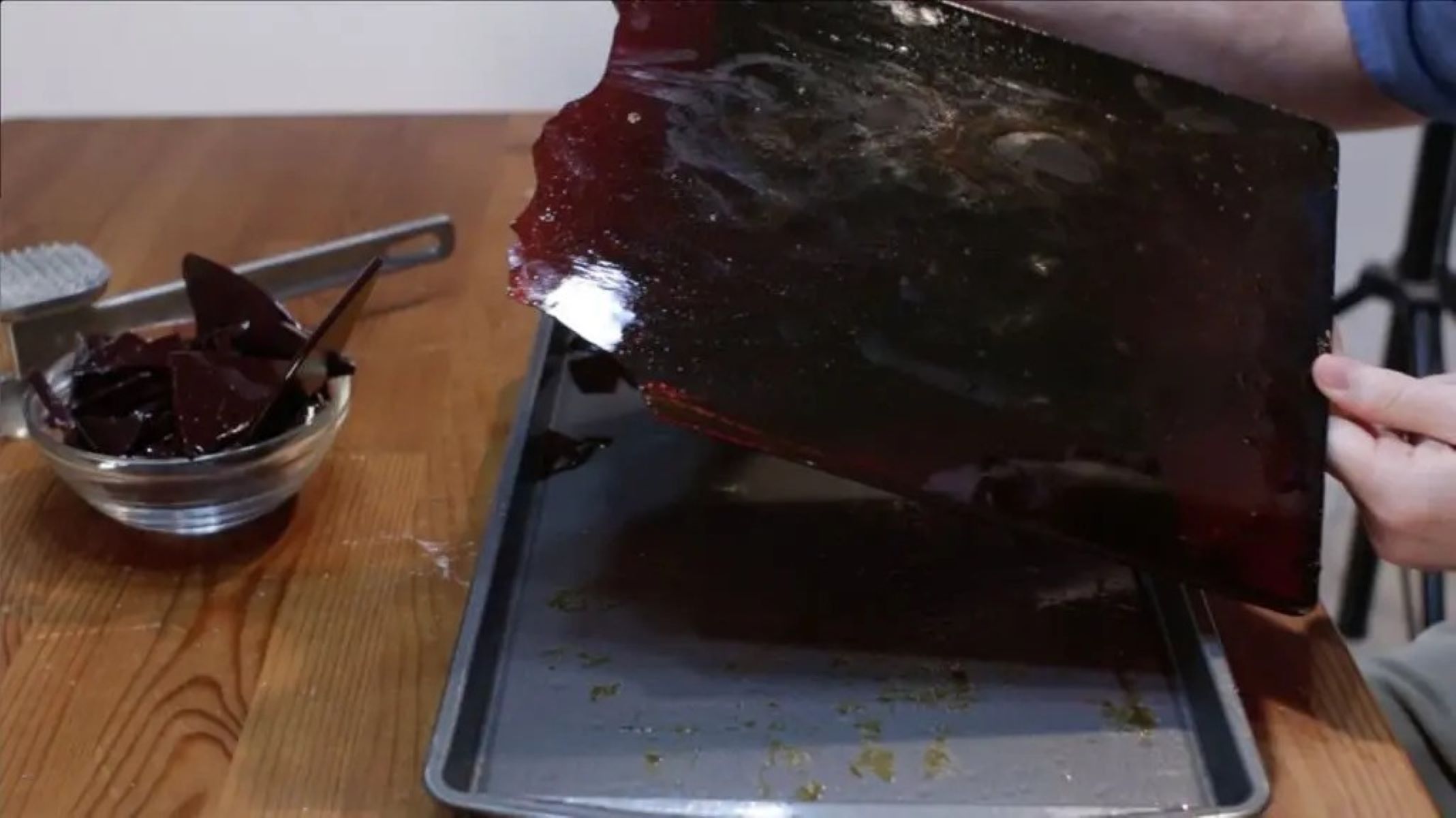
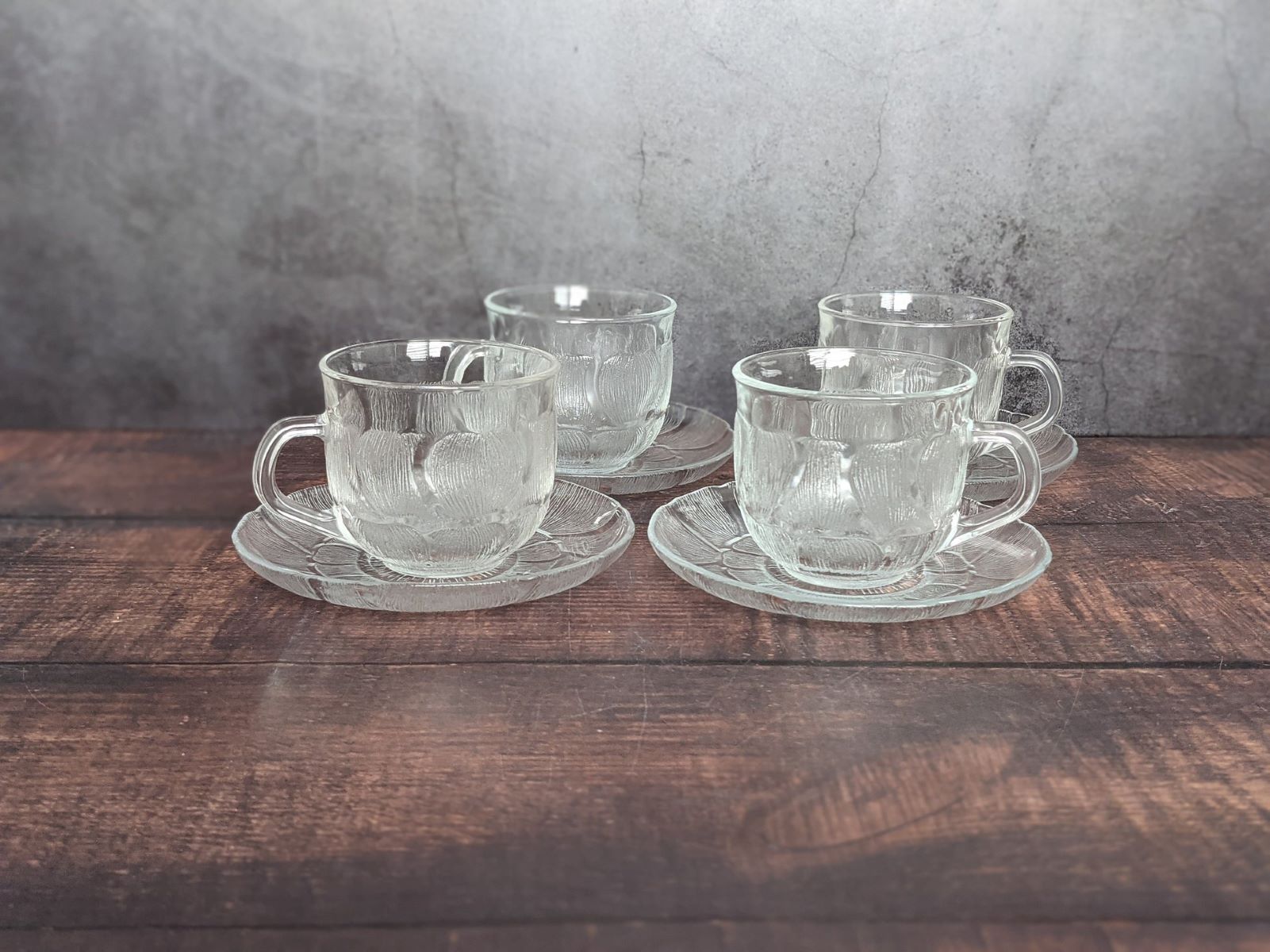
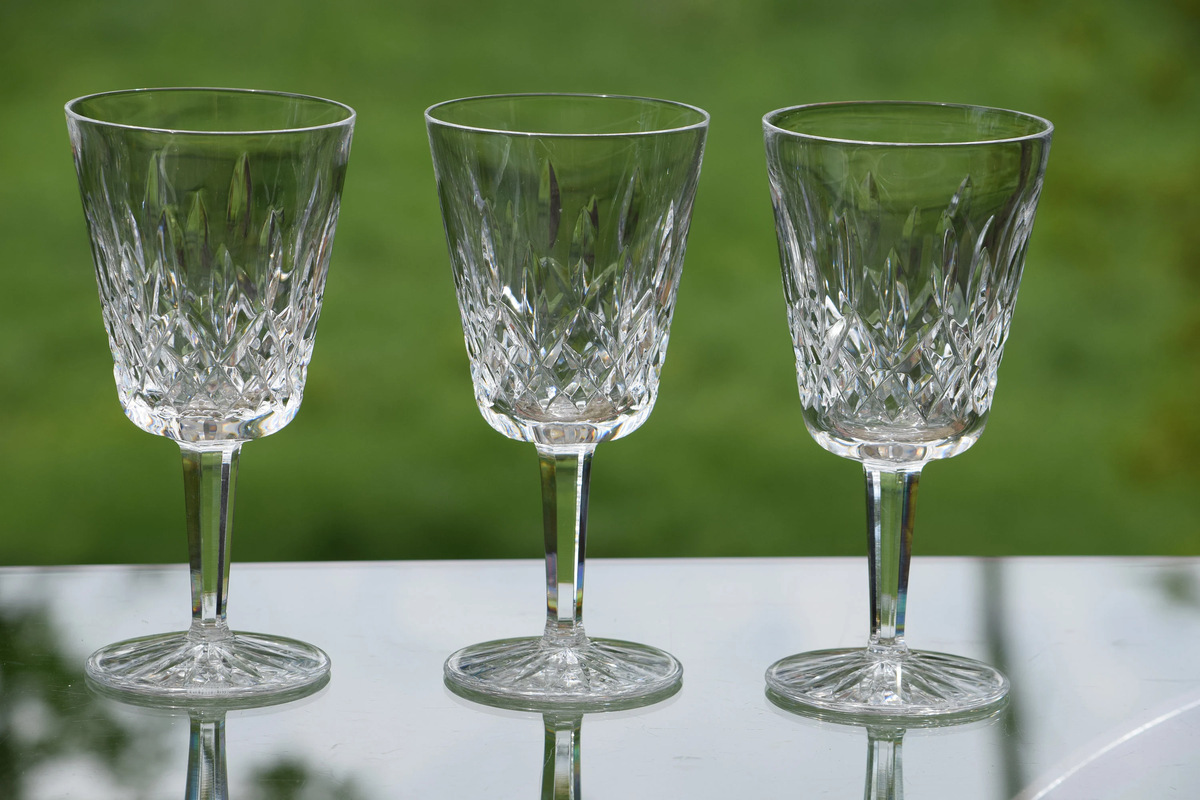
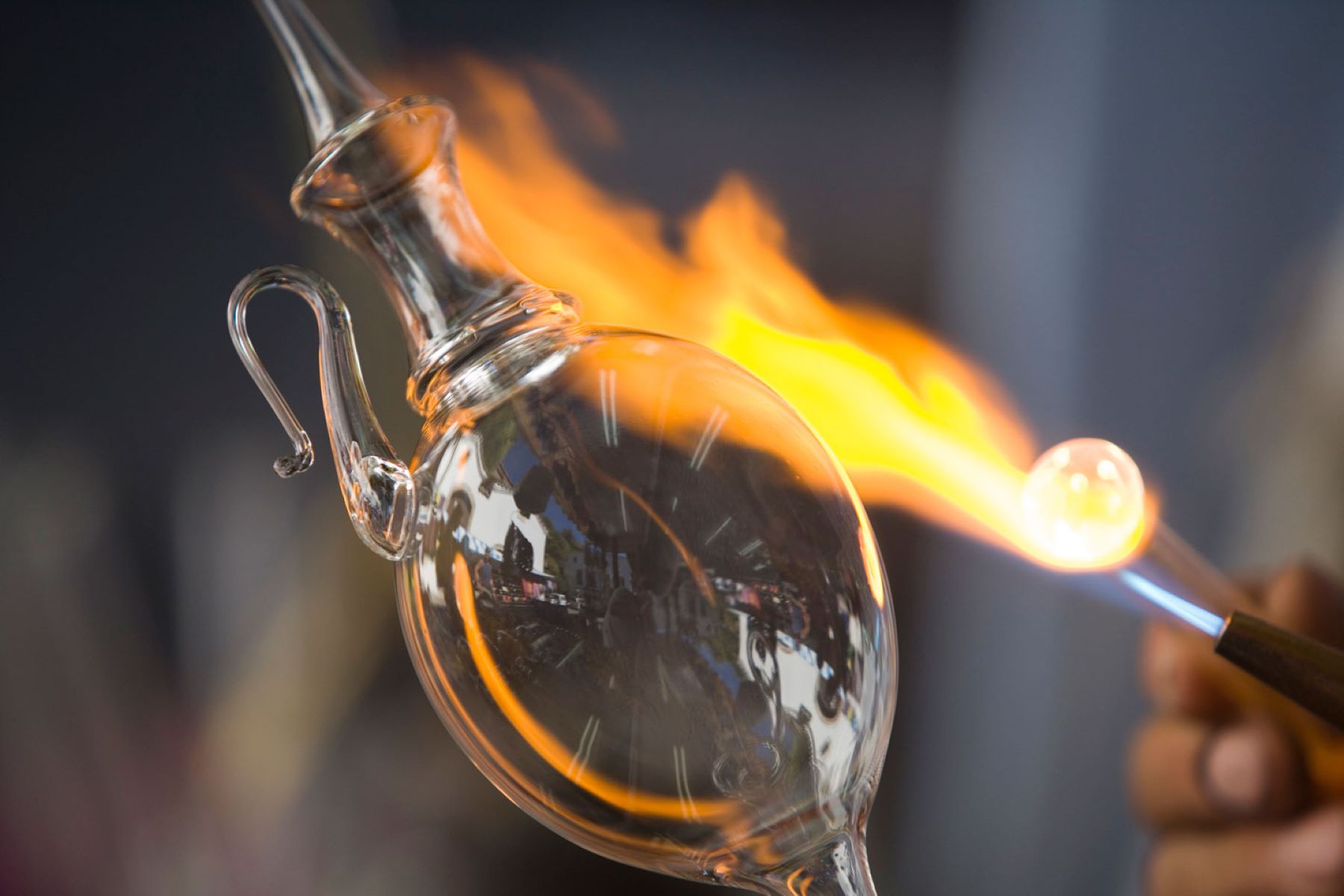
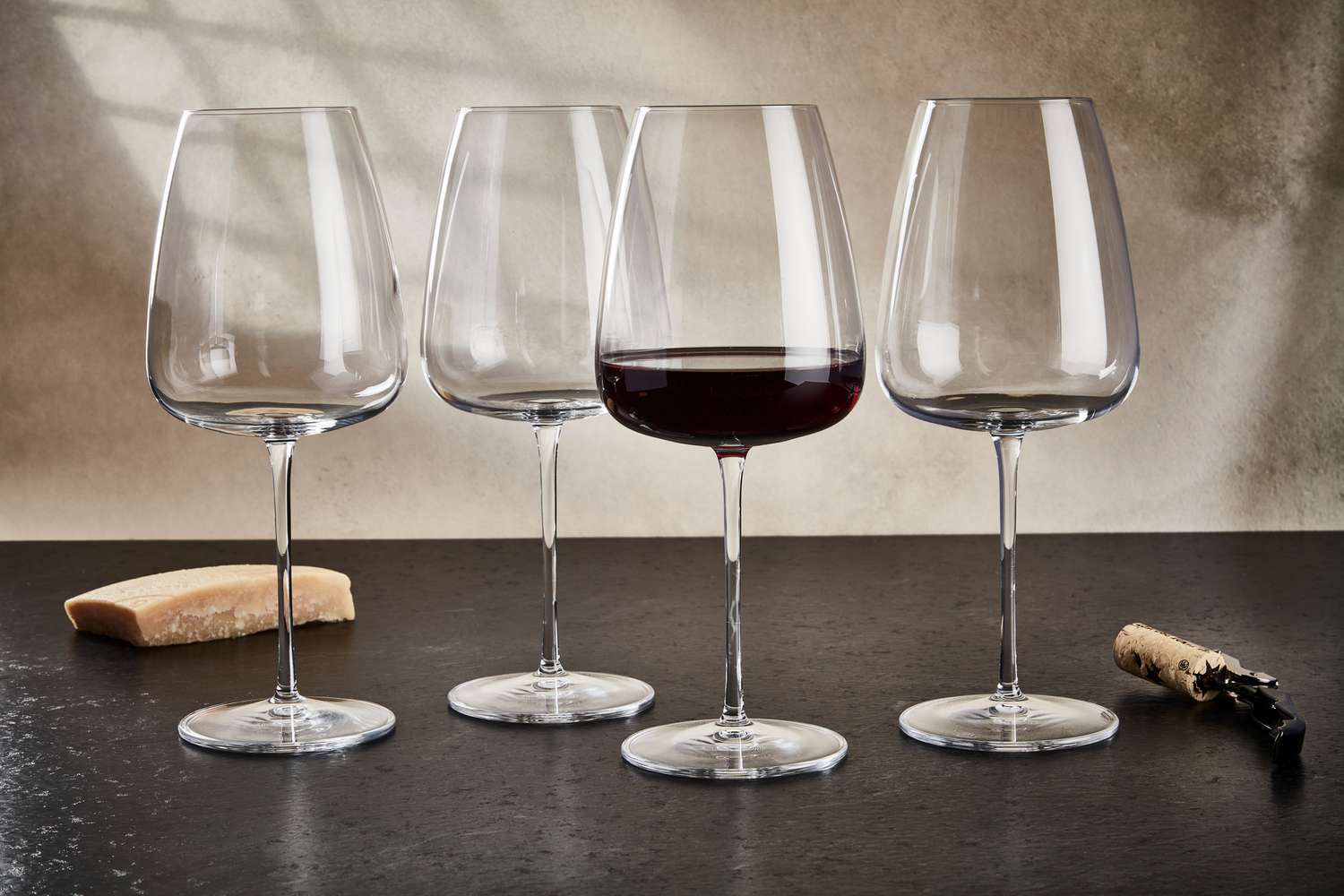
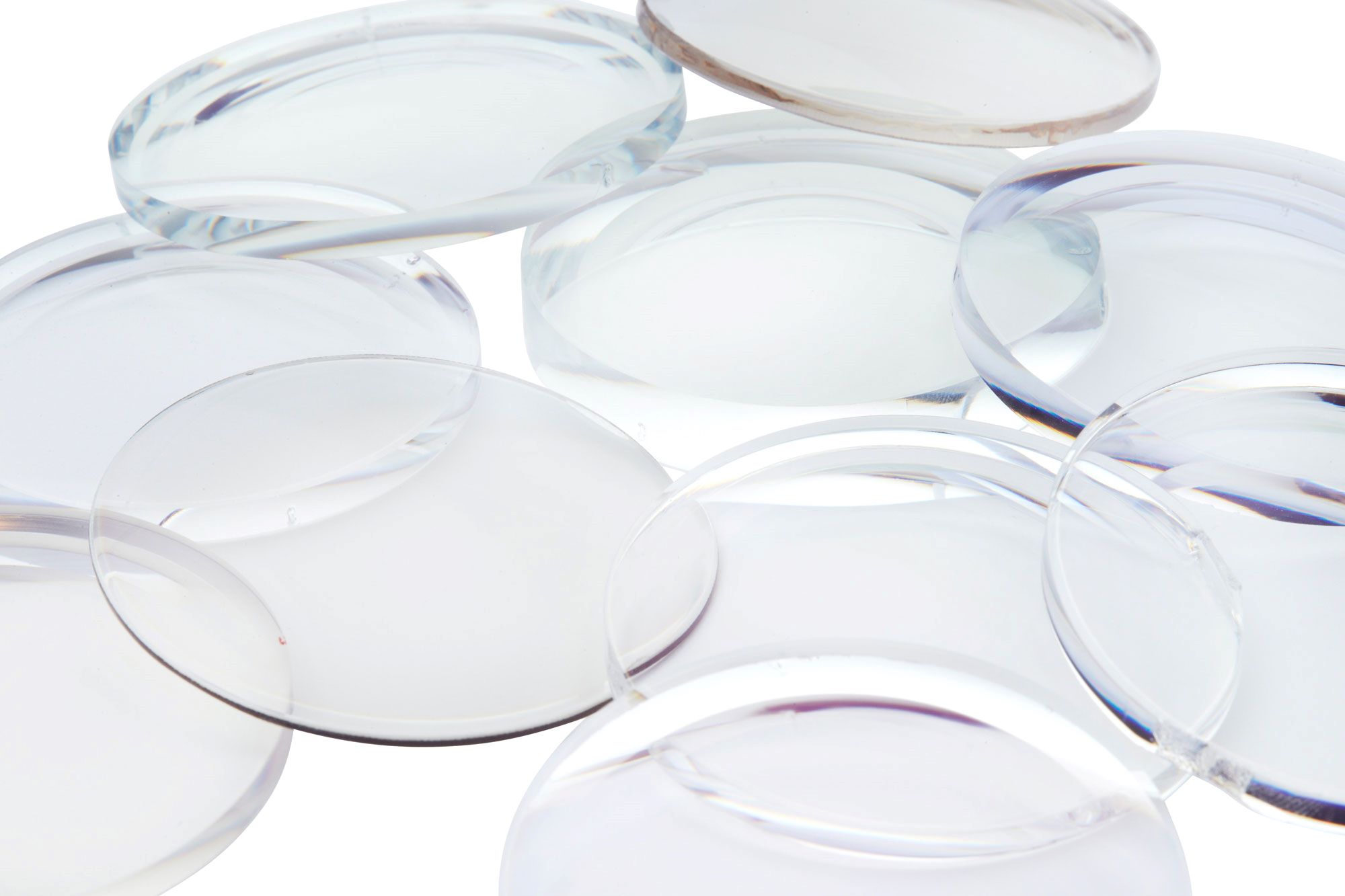
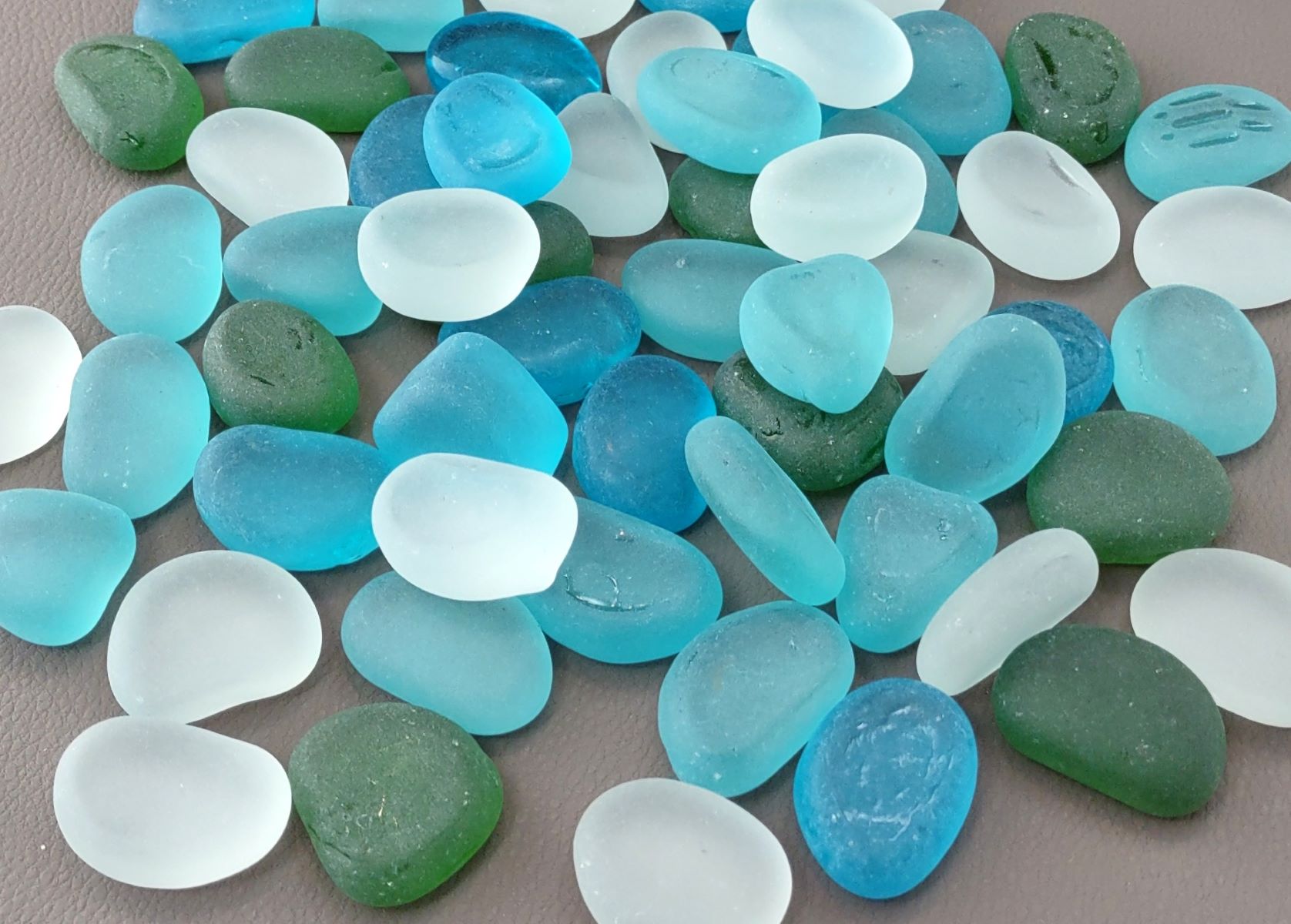

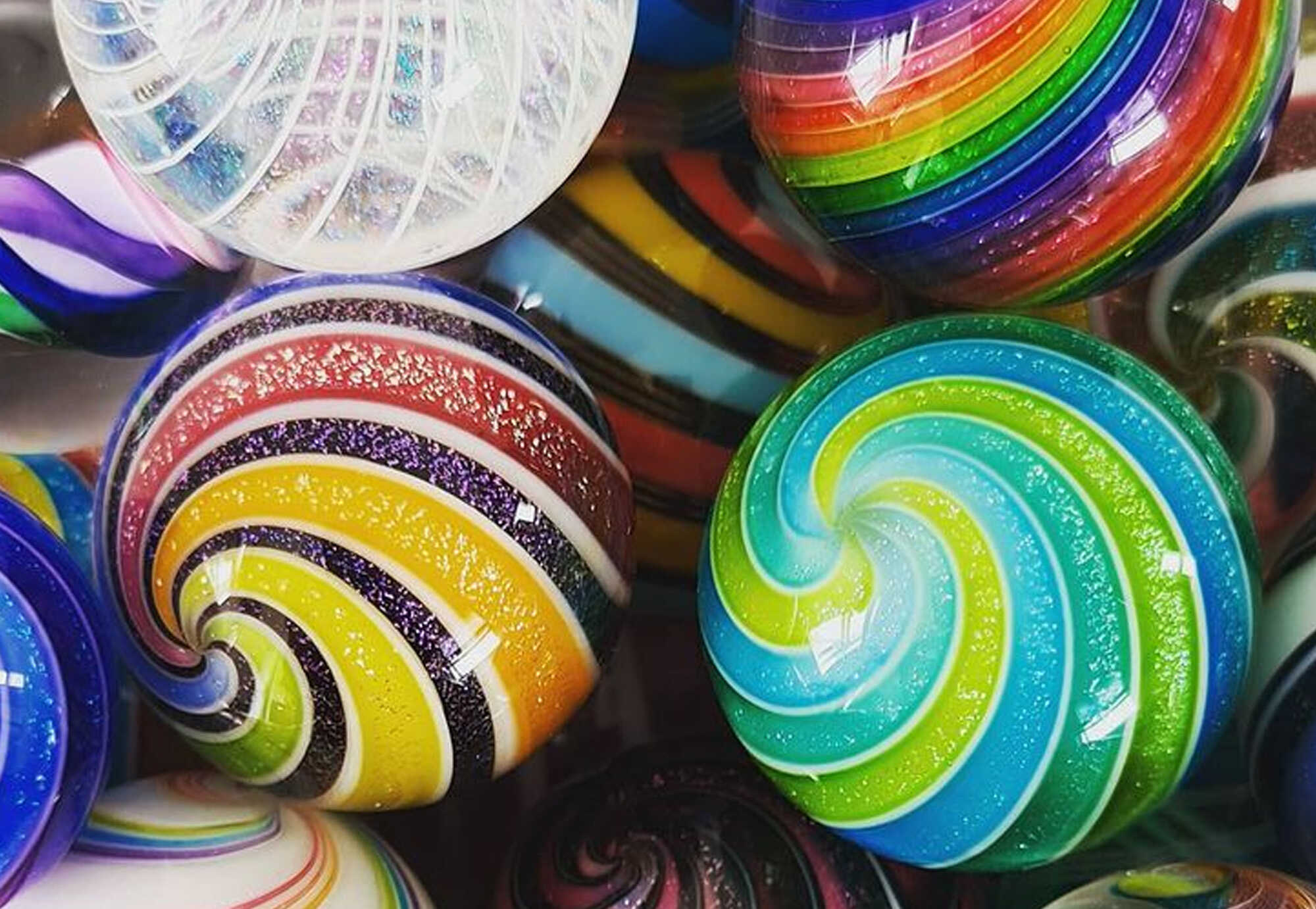
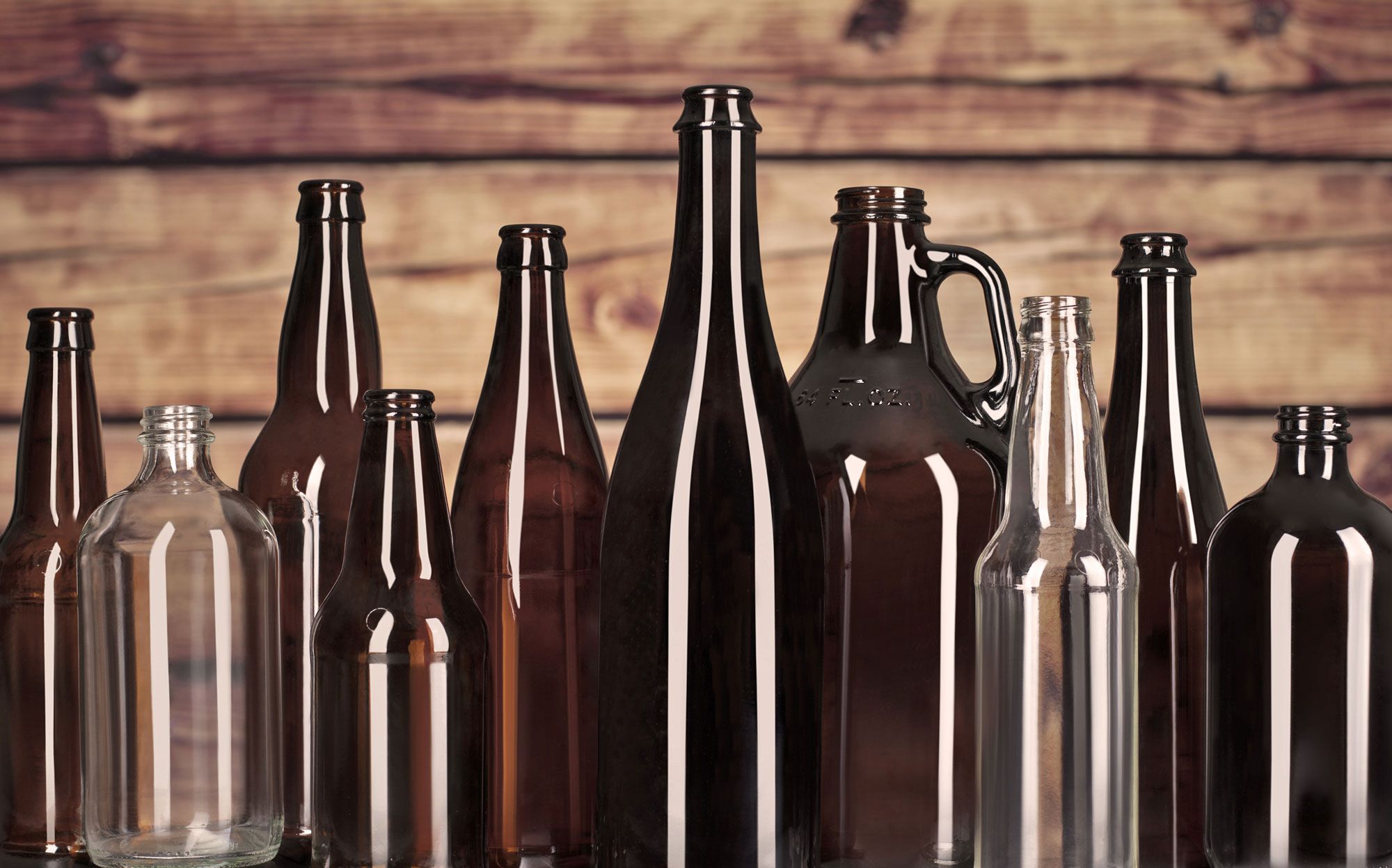
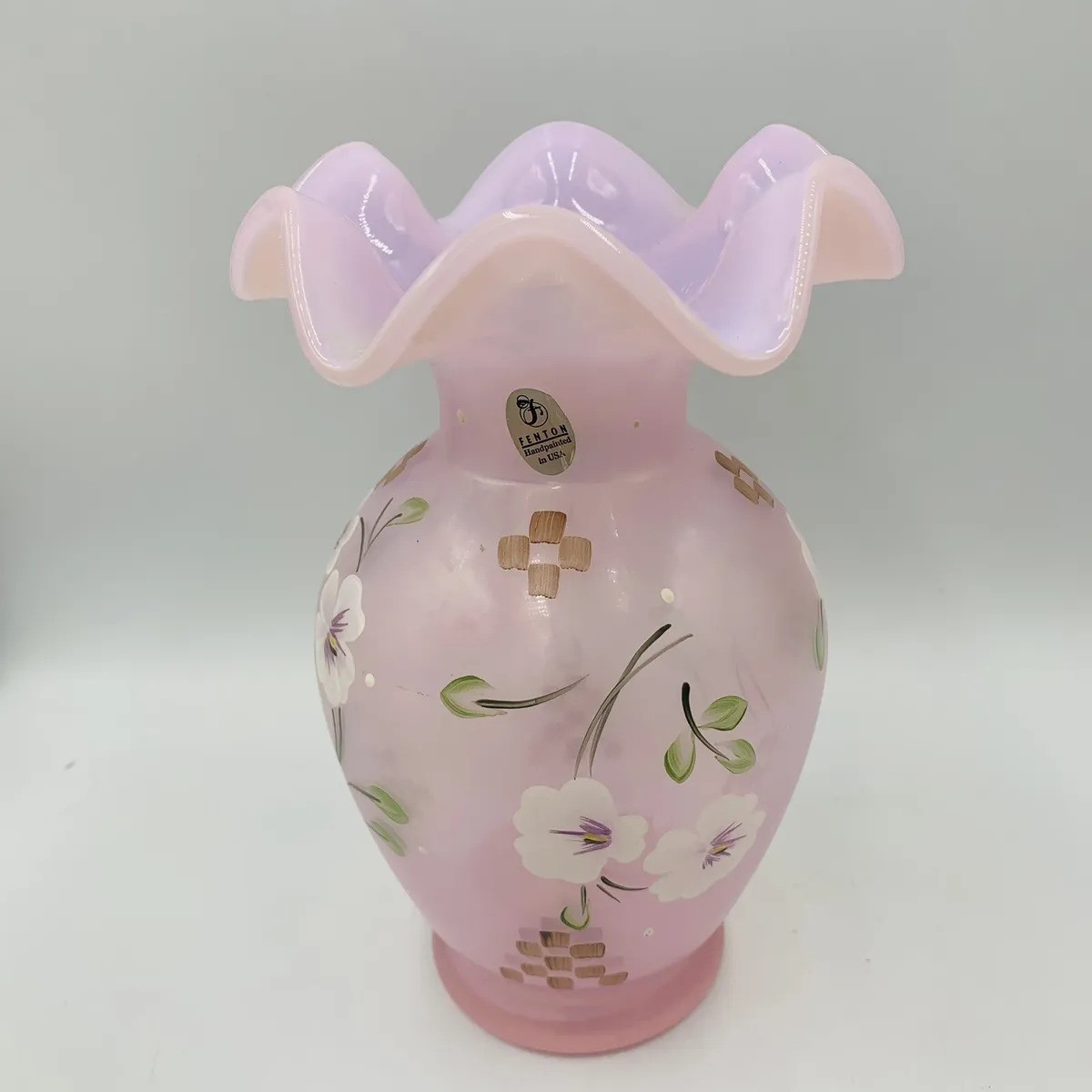
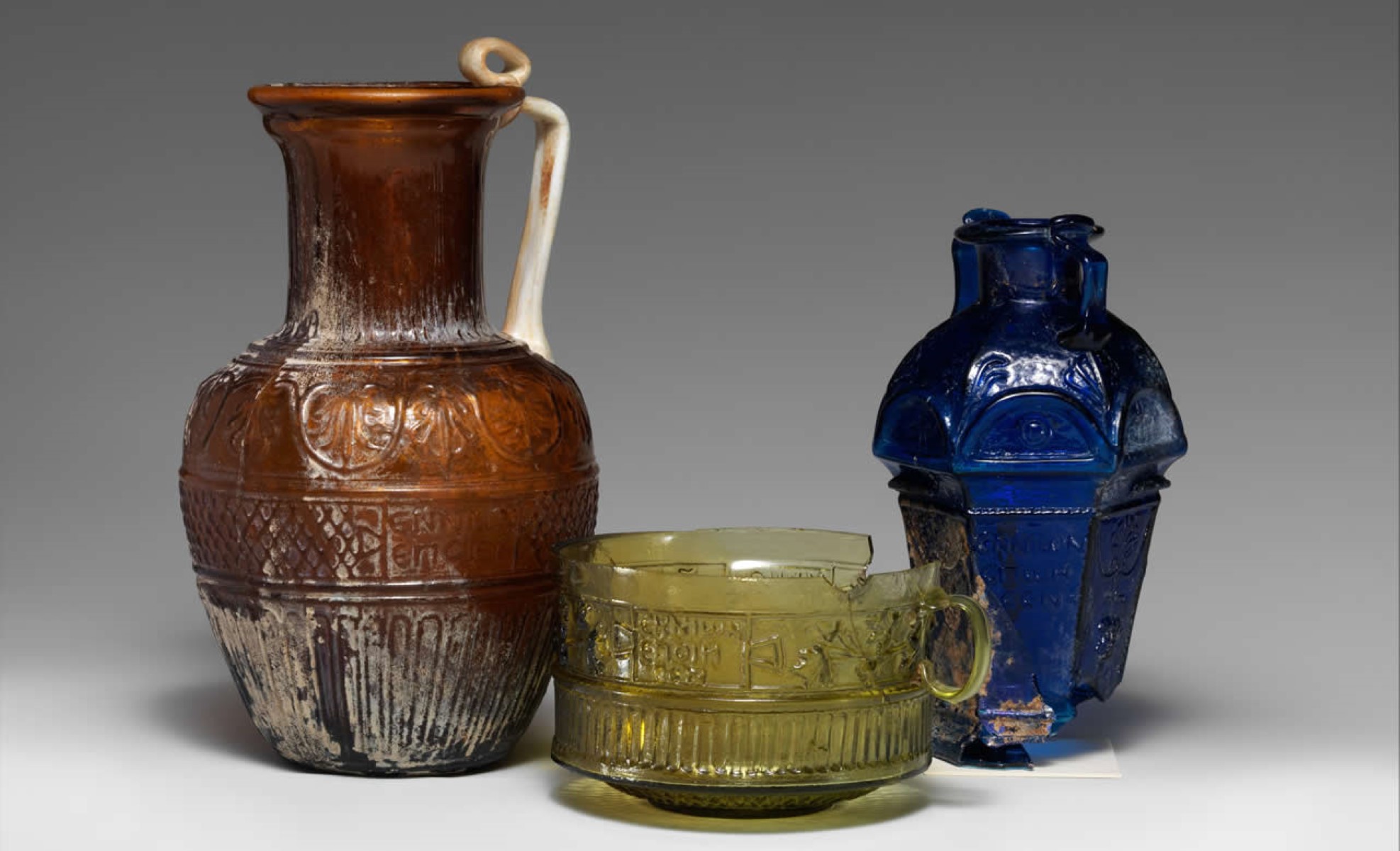
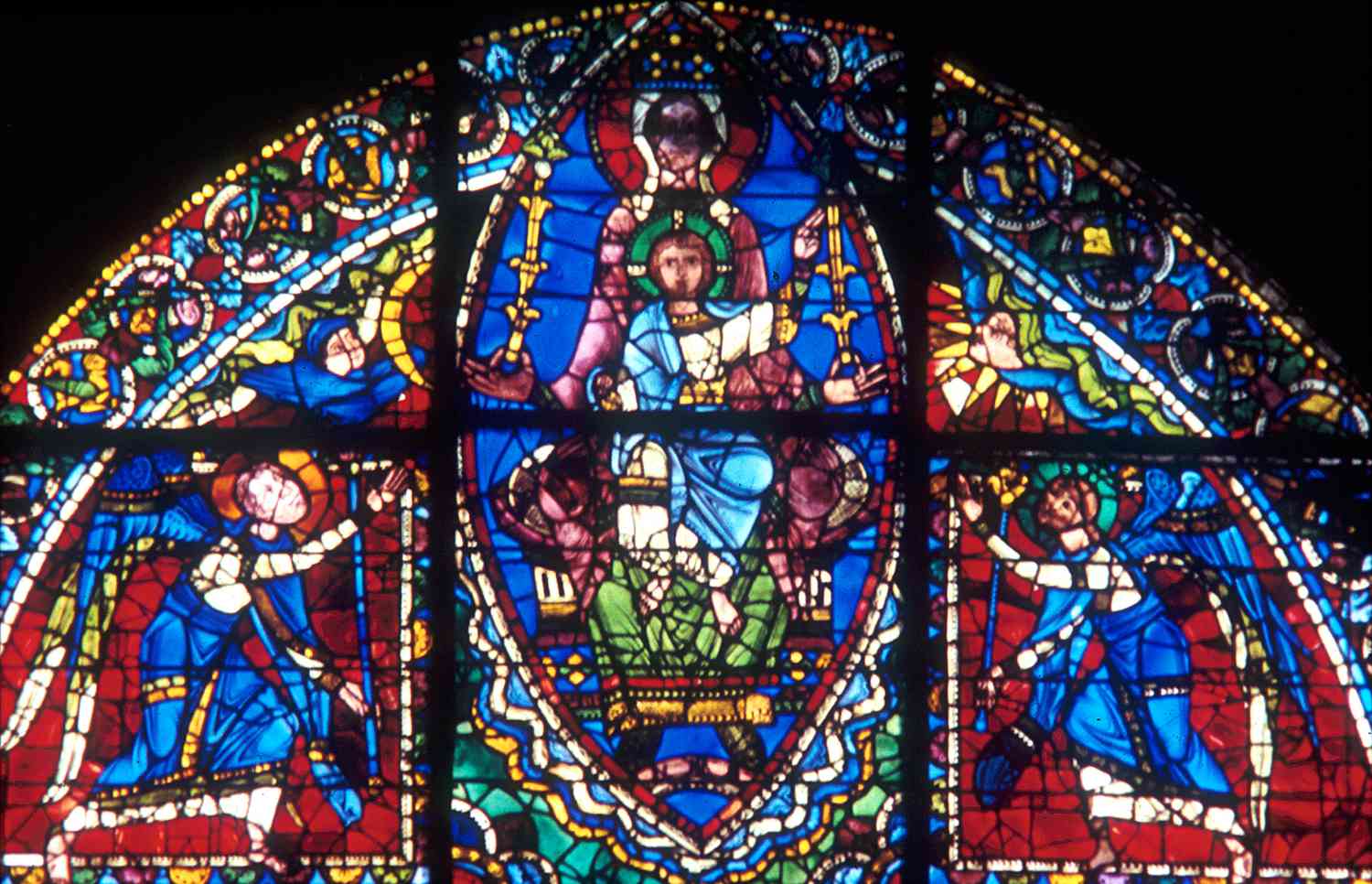
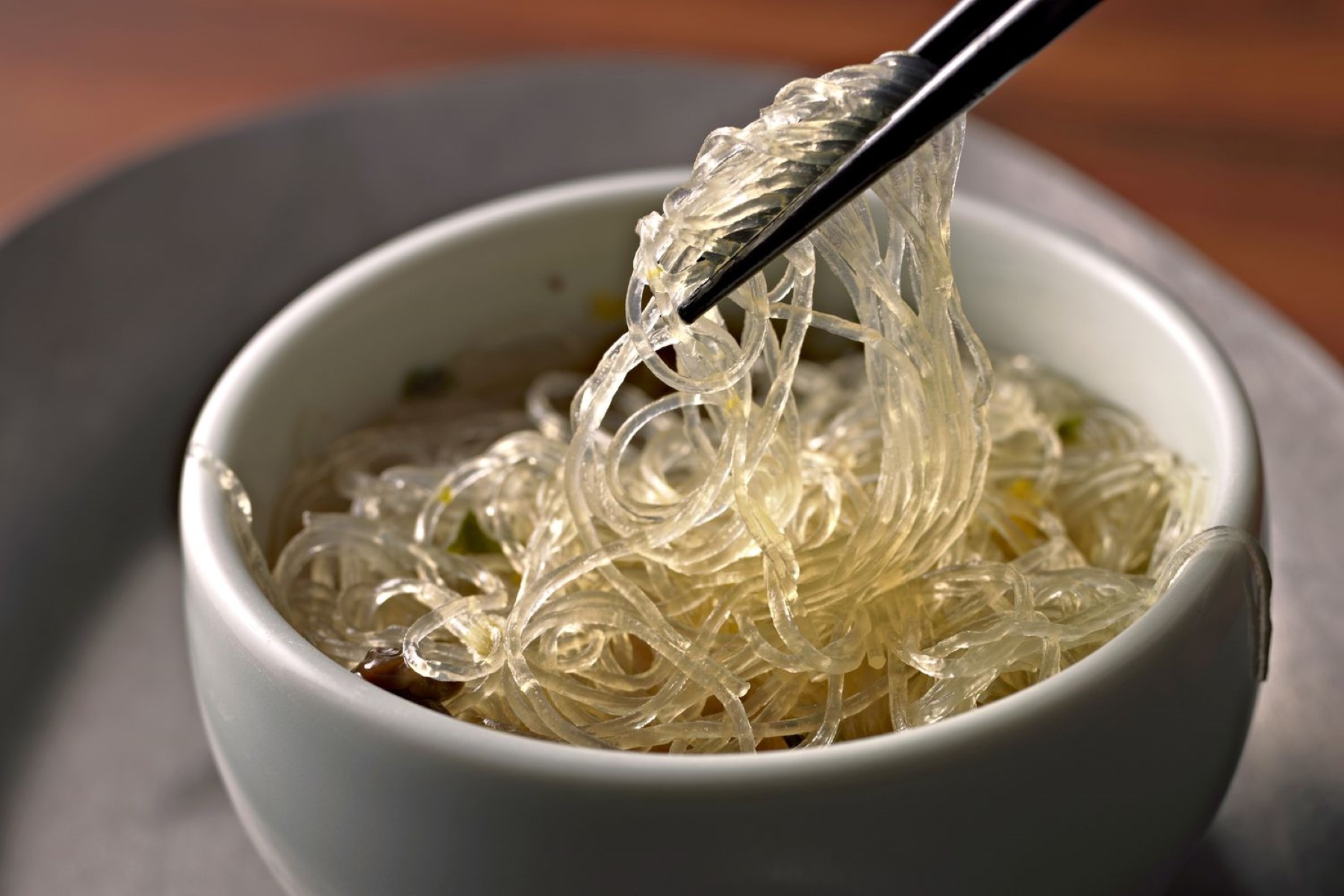

0 thoughts on “How Glass Is Made Step By Step”